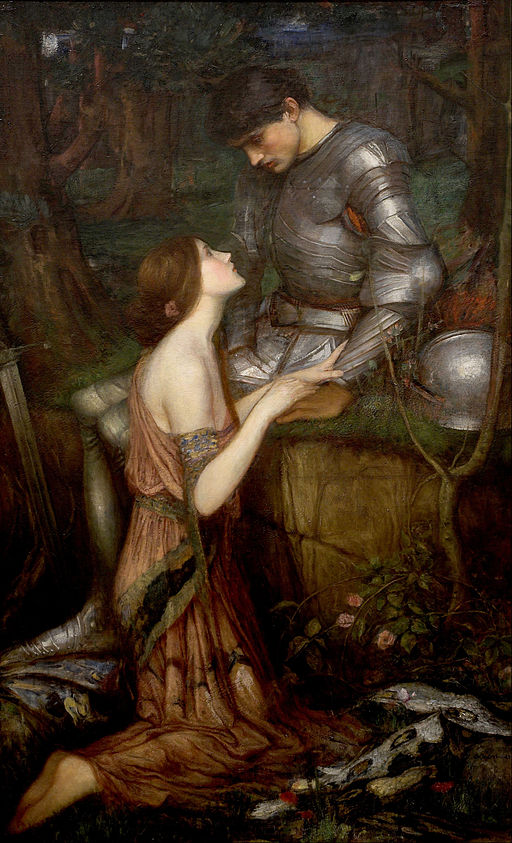
The Narmer Palette is a significant Egyptian archaeological find, dating from about the 31st century BC. It contains some of the earliest hieroglyphic inscriptions ever found.
The tablet depicts the unification of Upper and Lower Egypt under King Narmer and provides one of the earliest known depictions of an Egyptian king.
The Palette shows many of the ancient conventions of Ancient Egyptian art, which means that this art form must already have been formalized by the time of the Palette’s creation.
The 5,000-year-old Narmer Palette is one of the first historical document in the world.
The Narmer Palette was a votive object, made explicitly for ritual used in a temple.
The Palette, which has survived five millennia in remarkably good condition, was discovered by British archaeologists during 1897–98.
The Palette has raised considerable debate, with two camps of view.
One view is that the Palette is a record of real events and another belief that it is an object designed to establish the mythology of united rule over Upper and Lower Egypt by the king.
It is believed that the iconography has more to do with the king as a visual metaphor of the conquering hunter delivering a mortal blow to his enemies. Some experts believe:
“the chief purpose of the piece ………. is to assert that the king dominates the ordered world in the name of the gods and has defeated internal, and especially external, forces of disorder”.
The Ancient Egyptians typically used palettes for grinding cosmetics. Still, this elaborate palette is too large and heavy to have been created for personal use and was a ritual object for use in a temple.
One theory is that it was used to grind cosmetics to adorn the statues of the gods.
Egyptian Palettes
Cosmetic palettes were initially used in predynastic Egypt to grind and apply ingredients for cosmetics.
Siltstone was first utilized for cosmetic palettes by the Neolithic Upper Egypt culture during the Predynastic Era. The first palettes were usually plain and rectangular, without decoration.
It is later in the 4000 to 3500 BC period in which symbolism in palettes played a significant and different role and not purely as a functional object for grinding pigments. The importance of symbolism eventually outweighed the functional aspect.
The decorative palettes of the late 4th millennium BCE are no longer used in that function and have become commemorative and ceremonial.
They were usually made of siltstone originating from preferred quarries. Many of the palettes were found at Hierakonpolis, a center of power in pre-dynastic Upper Egypt. After the unification of the country, the palettes eventually ceased to be used as a tomb or grave goods.
Narmer Palette or Great Hierakonpolis Palette
- Title: Narmer Palette or Great Hierakonpolis Palette
- Year: 31st century BC (circa)
- Culture: Ancient Egyptian
- Medium: siltstone
- Discovered: 1897–98
- Dimensions: c. 64 cm x 42 cm
- Museum: Egyptian Museum, Cairo
The Narmer Palette – A Quick Guide
A Virtual Tour of the Museum of Egyptian Antiquities
- Narmer Palette
- Tutankhamun’s Mask
- Merneptah Stele
- Colossal Statues of Akhenaten
- Statue of Amenhotep III and Tiye
- Stela of Akhenaten and his Family
Narmer | First Pharaoh of Egypt
A Virtual Tour of Egyptian Art and Artifacts
- Nefertiti Bust
- Tutankhamun’s Mask
- Narmer Palette
- Merneptah Stele
- Standing Figure of Nefertiti
- A house altar showing Akhenaten and Nefertiti with their children
- Relief Portrait of Akhenaten
- The Rosetta Stone
- The Battlefield Palette 3100 BC
- Quartzite Head of the Egyptian Pharaoh Amenhotep III
- Colossal Granite Statue of Amenhotep III
- Hunters Palette
- Tomb of Nebamun
- The Temple of Dendur
- The Sphinx of Hatshepsut
- William the Faience Hippopotamus
- Shawabti of King Senkamanisken
- Younger Memnon (Ramesses II)
- Pillar of Ramsesemperre, Royal Cupbearer and Fanbearer
- Relief of Hormin with a Weighing of the Heart
- Relief of Horemheb with Nubian Prisoners
- Akhenaten and Nefertiti
- Seated Scribe
- Sarcophagus Lid of Queen Sitdjehuti
- Stela of Akhenaten, Nefertiti, and Family
- Statue of Amenhotep III and Tiye
- Colossal Statues of Akhenaten
- Obelisk of Titus Sextius Africanus
- Book of the Dead – Papyrus of Ani and Hunefe
- Mummy of Katebet
Art History Abbreviated: Narmer
Palette of Narmer
Egyptian Art – Predynastic, Old Kingdom
Ancient Egypt Masterpieces, the Narmer Palette
~~~
“For the benefit of the flowers,
we water the thorns, too.”
– Egyptian Proverbs
~~~
Photo Credits: 1) By Unknown, perhaps more than one [Public domain], via Wikimedia Commons
Popular this Week








 Sponsor your Favorite Page
Sponsor your Favorite Page SEARCH Search for: Search Follow UsJoin – The JOM Membership Program
Sponsor a Masterpiece with YOUR NAME CHOICE for $5
Share this:
- Tweet
